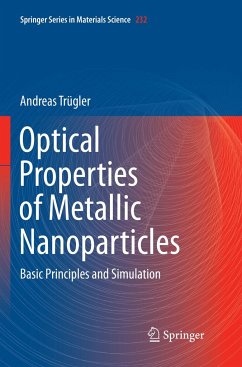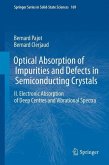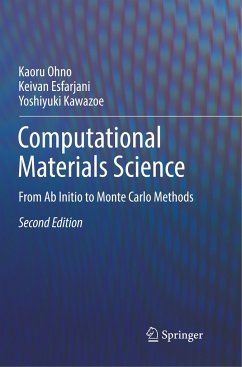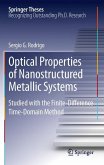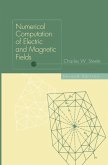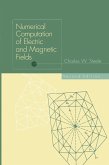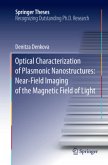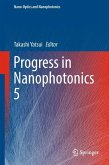This book introduces the fascinating world of plasmonics and physics at the nanoscale, with a focus on simulations and the theoretical aspects of optics and nanotechnology. A research field with numerous applications, plasmonics bridges the gap between the micrometer length scale of light and the secrets of the nanoworld. This is achieved by binding light to charge density oscillations of metallic nanostructures, so-called surface plasmons, which allow electromagnetic radiation to be focussed down to spots as small as a few nanometers. The book is a snapshot of recent and ongoing research and at the same time outlines our present understanding of the optical properties of metallic nanoparticles, ranging from the tunability of plasmonic resonances to the ultrafast dynamics of light-matter interaction. Beginning with a gentle introduction that highlights the basics of plasmonic interactions and plasmon imaging, the author then presents a suitable theoretical framework for the description of metallic nanostructures. This model based on this framework is first solved analytically for simple systems, and subsequently through numerical simulations for more general cases where, for example, surface roughness, nonlinear and nonlocal effects or metamaterials are investigated.

